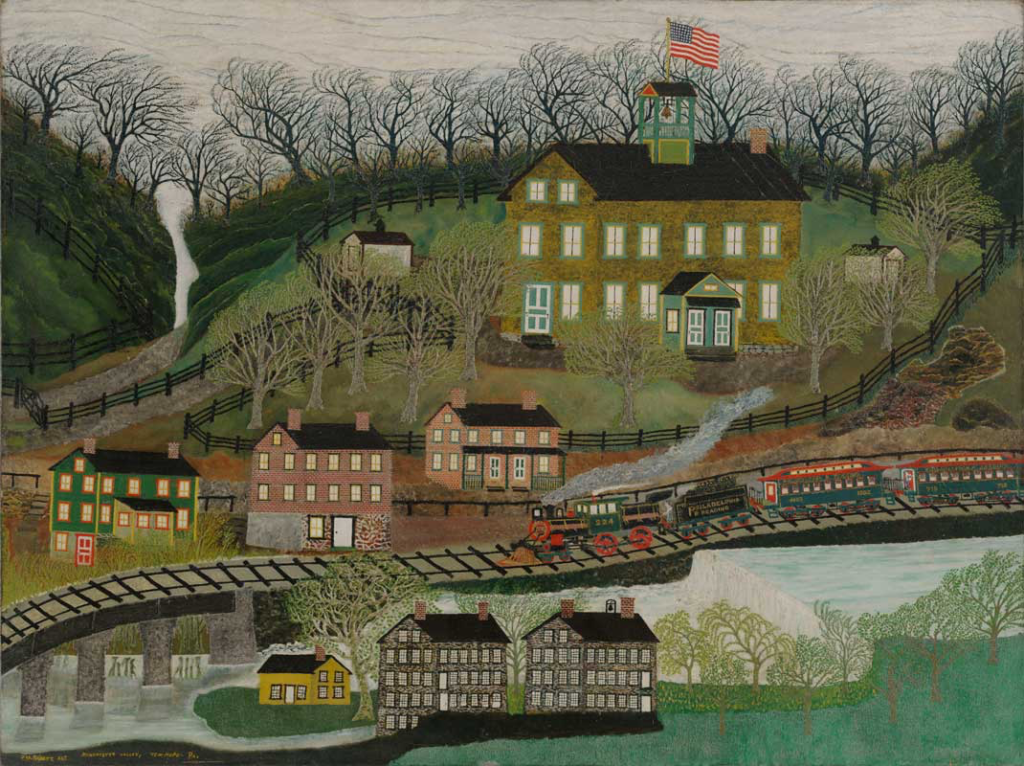American folk art holds a special place in the cultural and artistic heritage of the United States. It comes from self-taught makers, rural craftsmen, and community artisans. Folk art captures the spirit of a young nation shaped by diversity, faith, labor, and storytelling. Its roots trace back to the colonial and post-Revolutionary War periods. During these times, immigrant settlers and indigenous communities used everyday objects to express their identity, beliefs, and social values. Without the constraints of academic rules or formal training, folk art thrived as a personal and localized form of expression that was often useful and always meaningful.
This genre includes a wide range of mediums and materials, each showcasing the creativity and resilience of its makers. Painting is one of the most recognized aspects of folk art. It often features portraits, fraktur (decorative calligraphy), and symbolic narratives. Artists used bold, flat colors and focused on clarity rather than realism. Many of these works commemorate important events such as marriages, births, or deaths, and they serve as important records of American life in the 18th and 19th centuries.
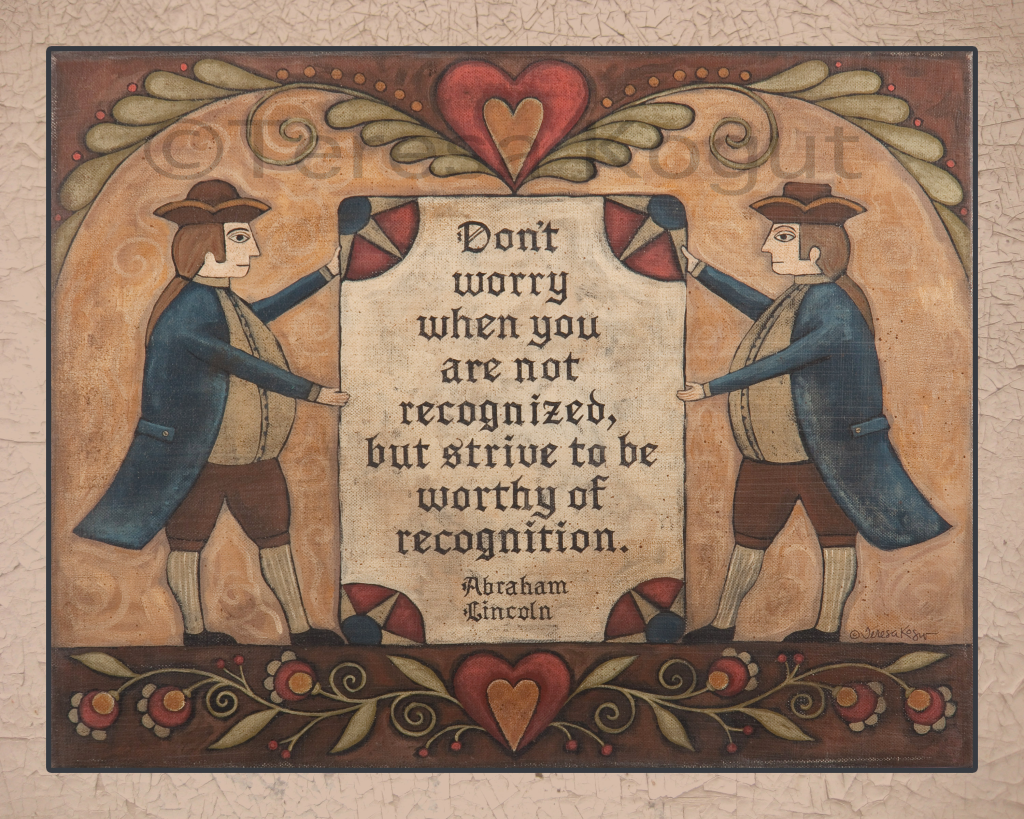
Folk art sculpture mainly involved wood carving. Craftsmen created weather vanes, ship figureheads, cigar store Indians, and religious icons. These sculptures served both decorative and practical purposes. They were often commissioned for public display or to meet specific community needs. The tactile nature of carved forms allowed stories and cultural symbols to be passed down through generations.
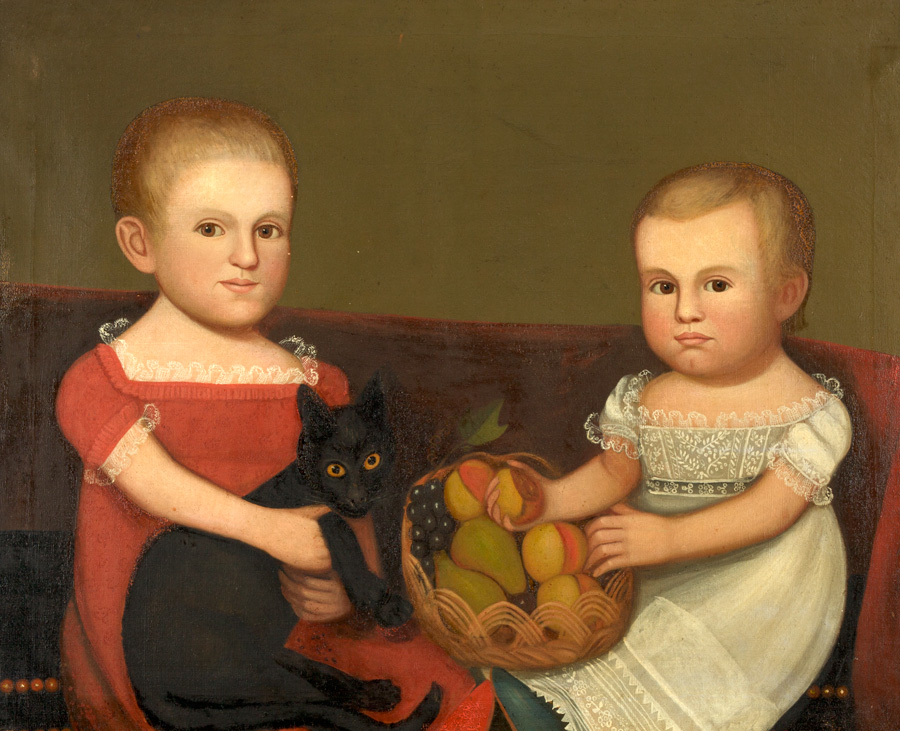
Prints, including lithographs and woodcuts, were another essential medium. They shared political messages, religious beliefs, and civic values, making them important tools for public engagement before mass media emerged. Many folk printmakers developed distinct styles, using simple visuals to ensure they were accessible to people of all classes and literacy levels.
Furniture also represented a significant aspect of folk creativity. Often crafted by local artisans, American folk furniture showcased symmetry, painted decorations, and regional motifs. Items like chests, chairs, and cupboards were not just practical; they became heirlooms marked with initials, dates, and painted scenes reflecting a family’s heritage or values.
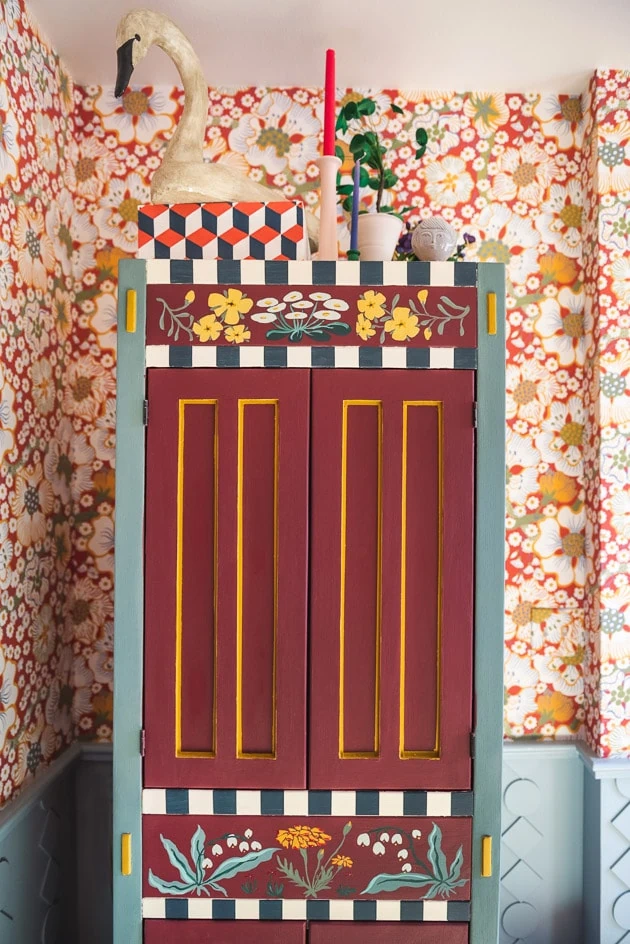
American folk art defies easy classification; its strength lies in its variety and sincerity. This tradition values function and narrative alongside form. It shows that art exists not only in galleries but also in homes, barns, and churches. From painted portraits and carved animals to hand-built cupboards and printed broadsides, each piece tells a story about its creators and their world. As contemporary artists and museums continue to rediscover and reinterpret folk art, its significance remains strong. It reminds us that creativity, at its core, is as inclusive as the nation that fosters it.
Featuring Image Courtesy: American Folk Art Museum
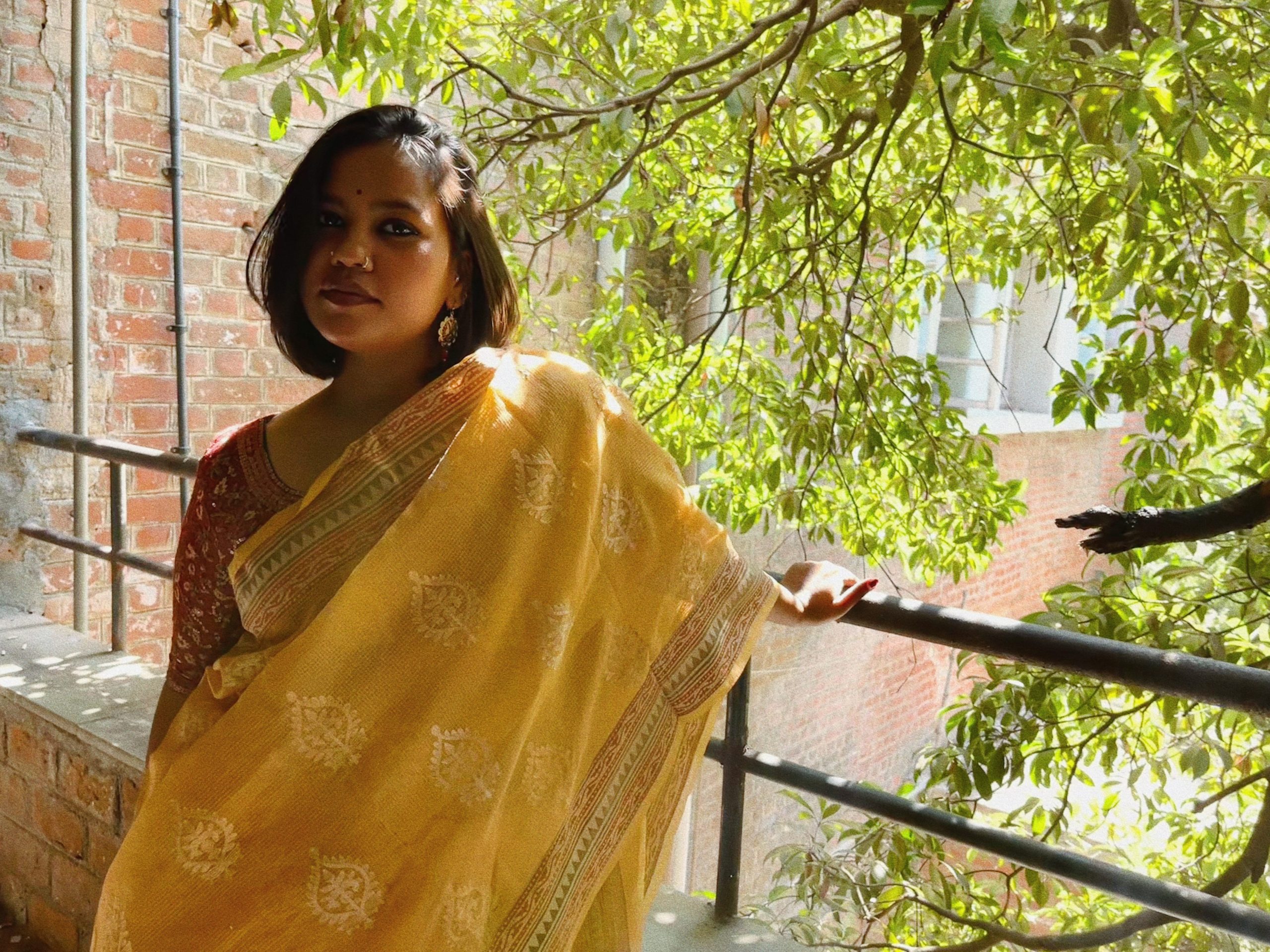
Minerva is a visual artist and currently serves as a sub editor at Abir Pothi.

